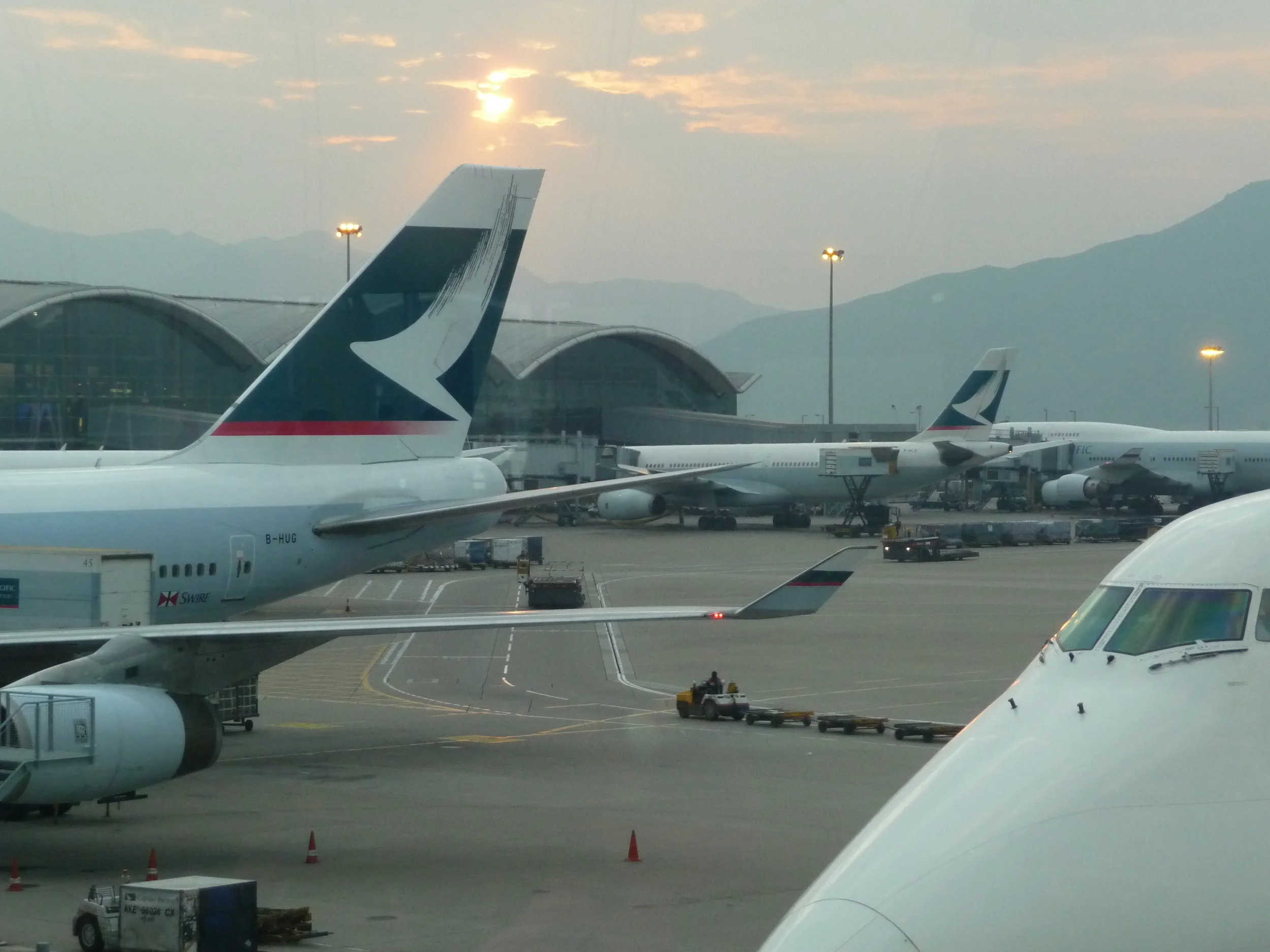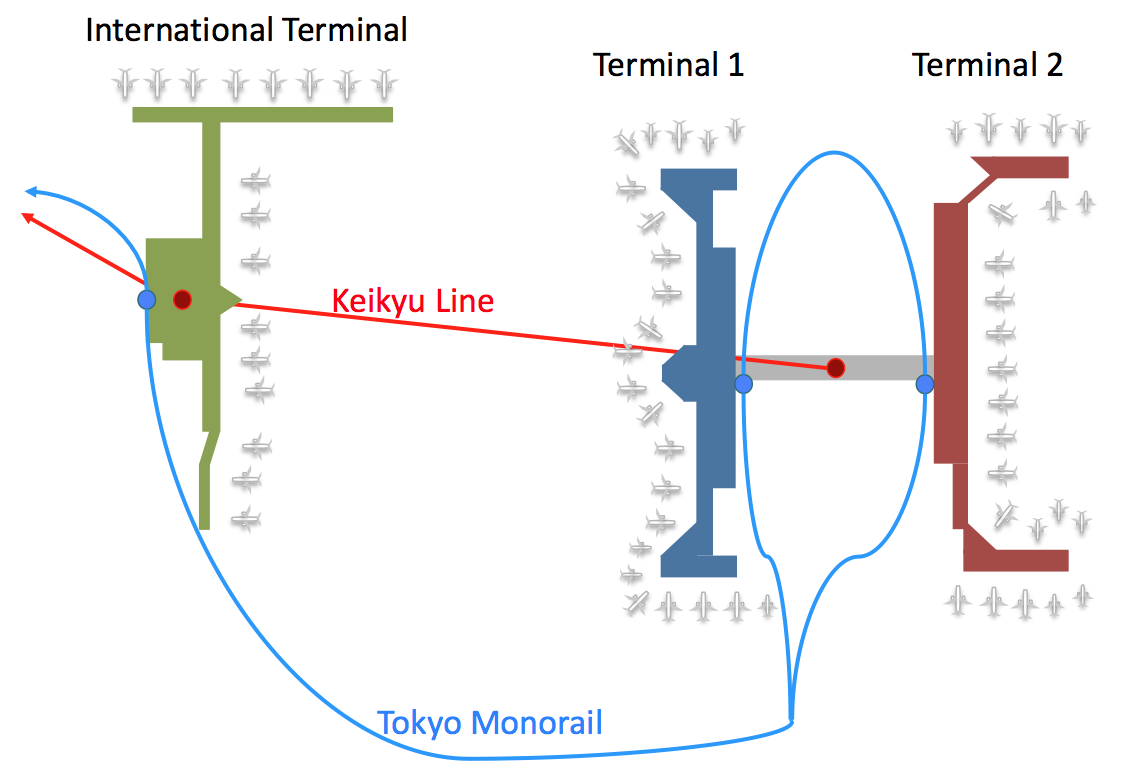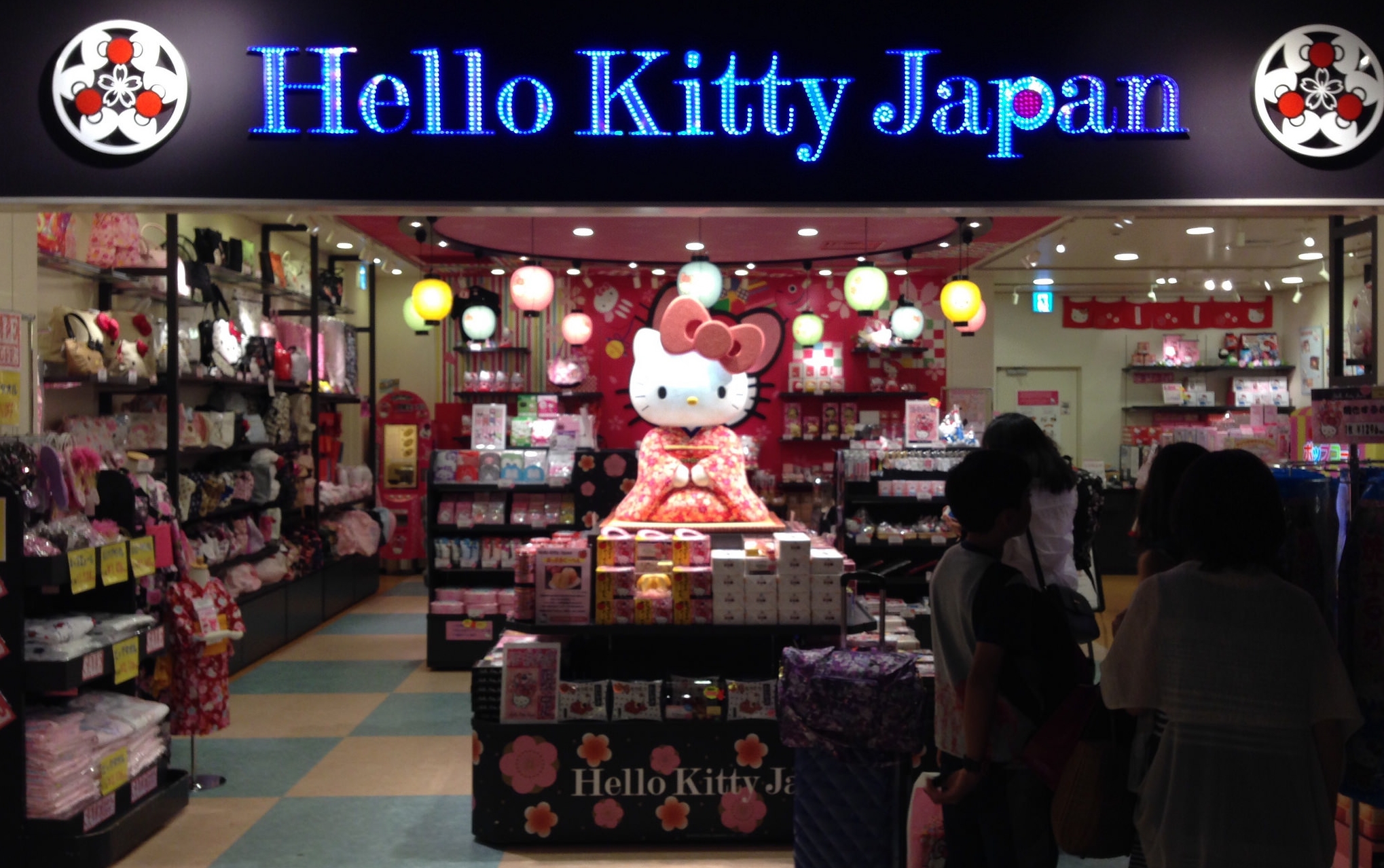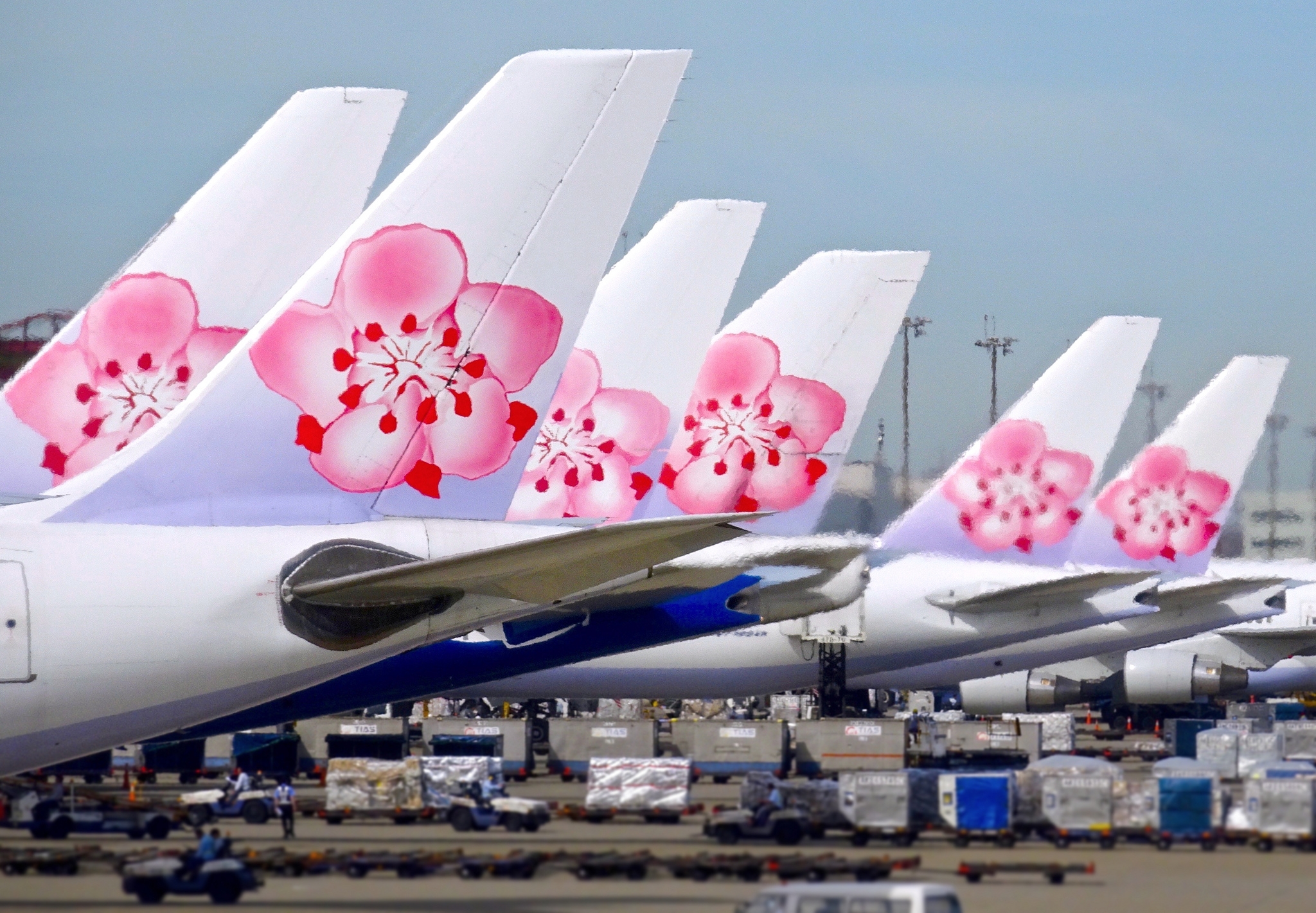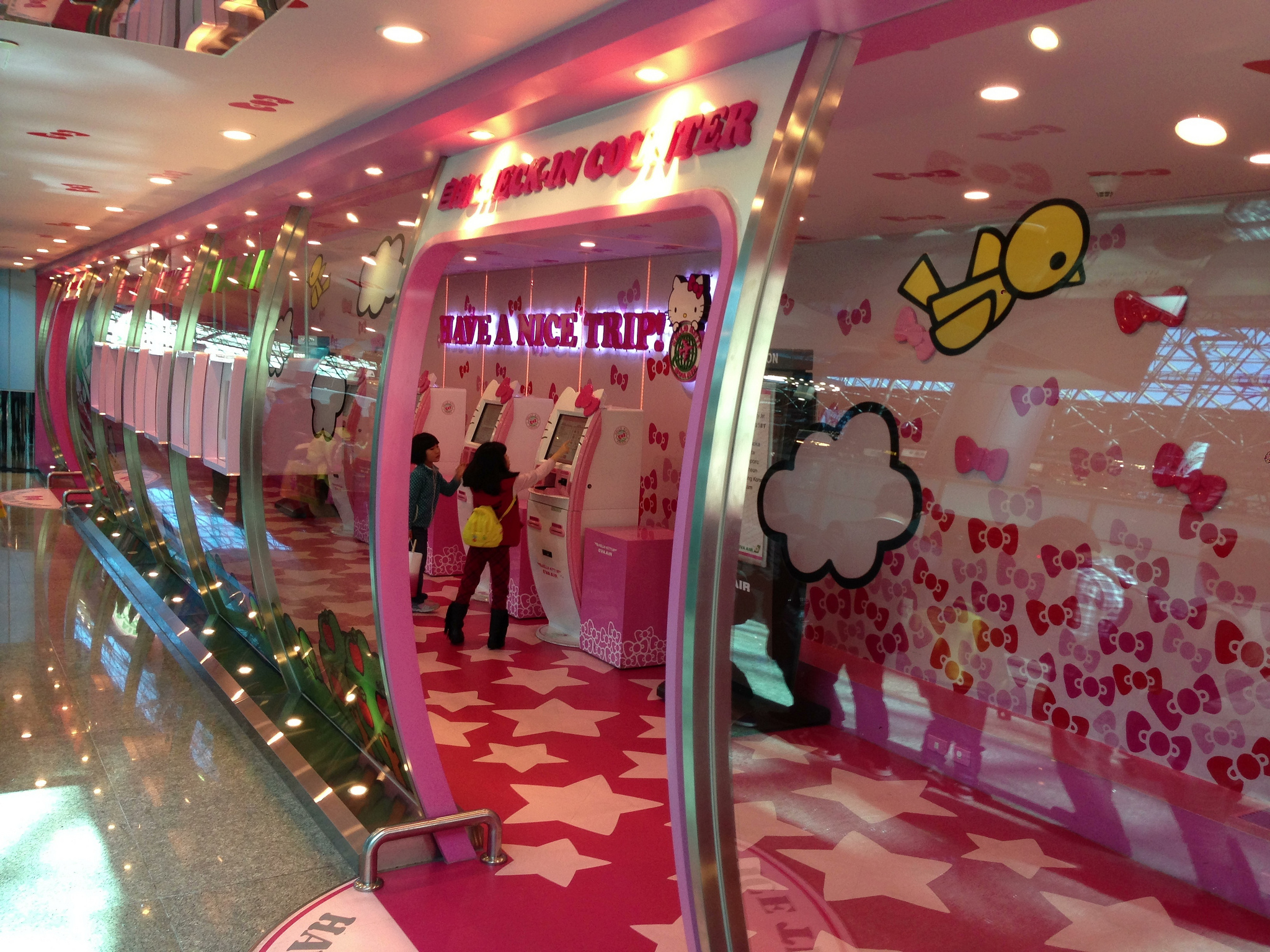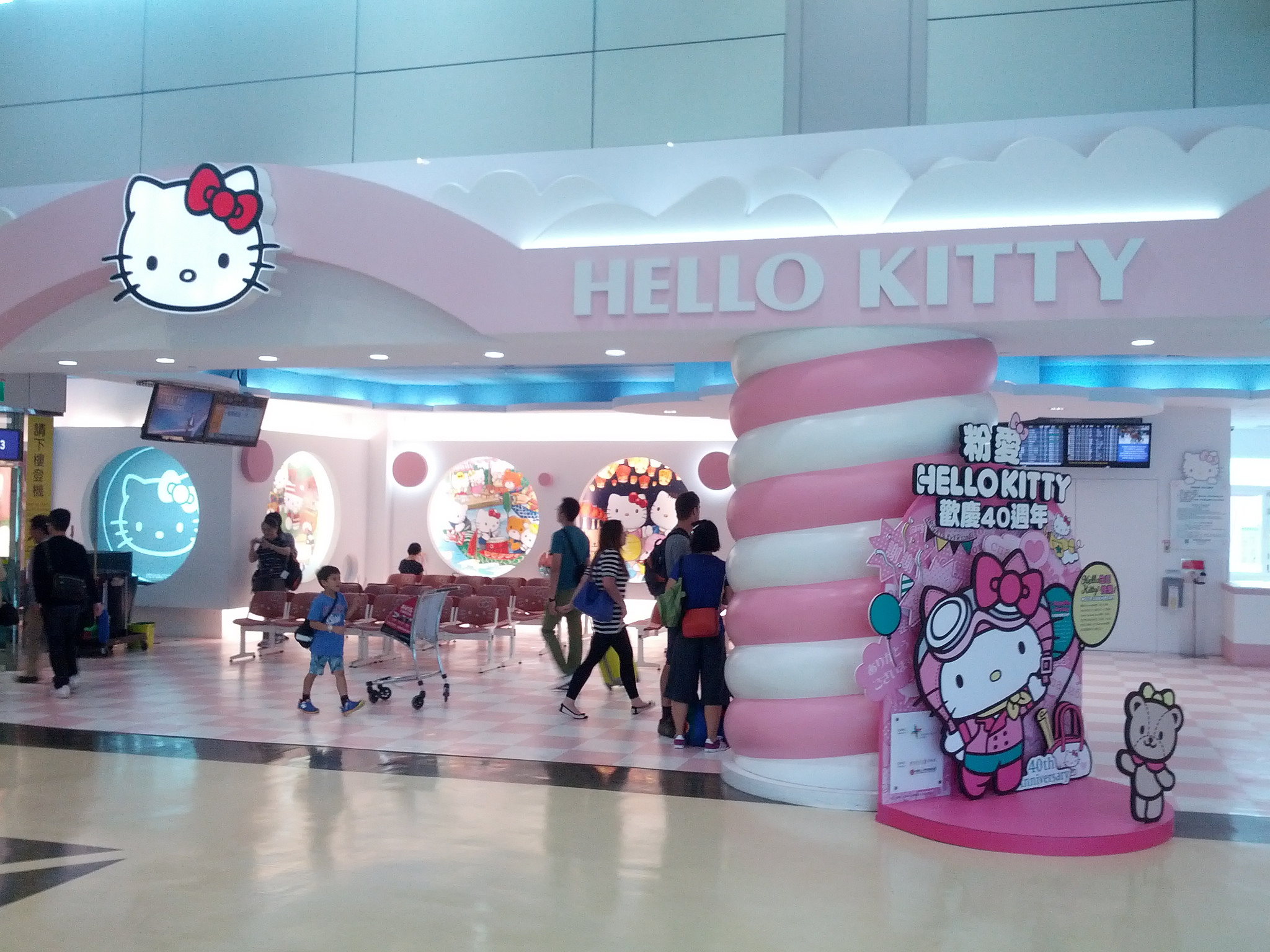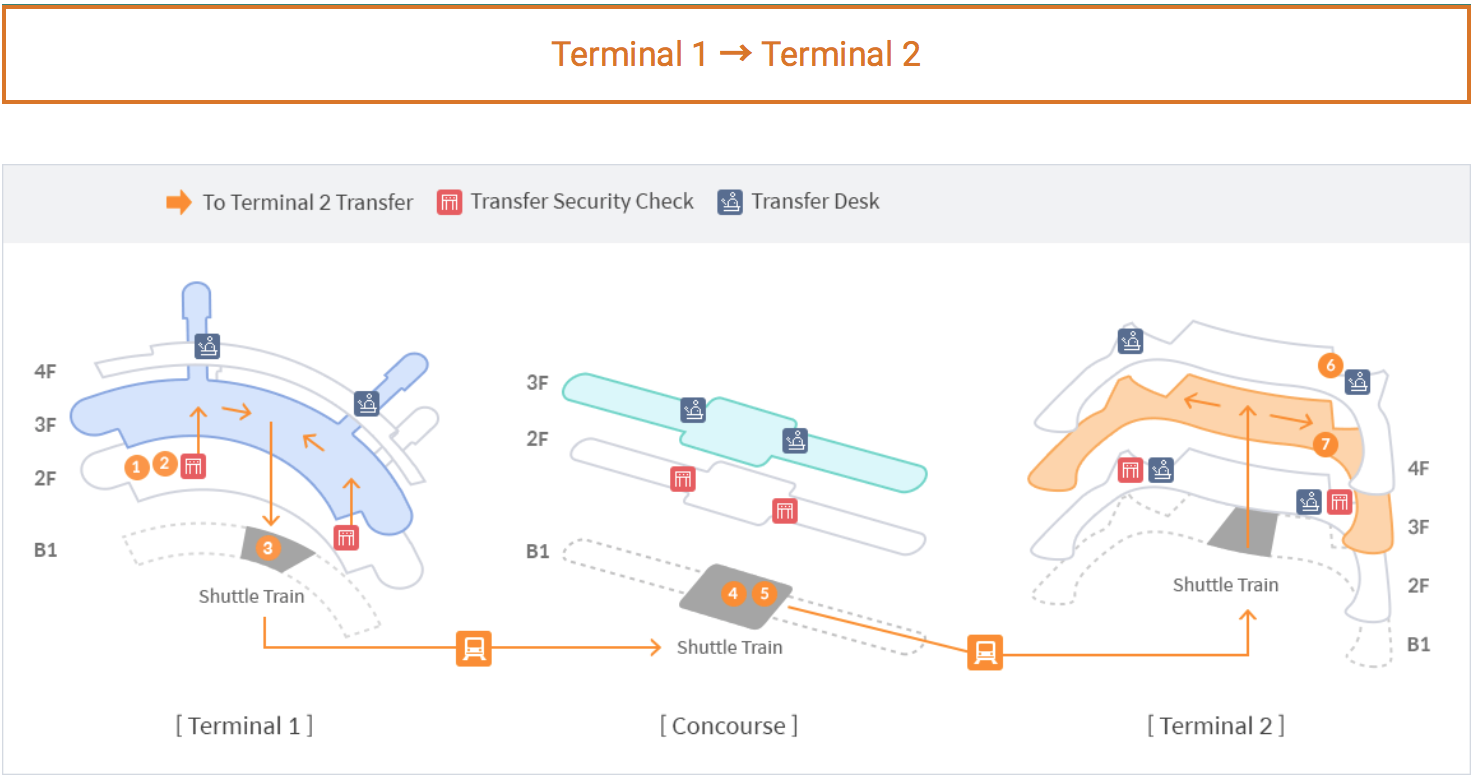Guangzhou - CAN
/The "Pearl" of southern China's air travel network
After the Qing Dynasty's defeat in the Opium Wars of the 1830s-1840s, the small town in the Pearl River Delta known to Westerners as "Canton" became a Treaty Port for the British. Around the same time, the French were working up from today's Vietnam into Guangdong Province, and these two colonial powers turned Canton into a logistics and warehousing hub for their commercial and military interests. In modern Guangzhou, you can still visit the European enclave of Shamian Island with its unique architecture and quiet atmosphere; families who've adopted children from China know it well as all foreign adoptions are processed through there.
After World War II, Guangzhou became a natural center for manufacturing and distribution; once trade was opened to the West in the 1980s, the city's growth ballooned as Guangdong Province became "the workshop to the world." The Canton Fair, a truly massive industrial tradeshow, runs twice a year in April and October, using up nearly all the hotel rooms, restaurants, and transport the city can offer (so tourism effectively stops at those times.) FedEx's third-largest hub is now Guangzhou, and massive oceangoing container ships dock just downriver from sleepy Shamian Island.
The city's old airport near Baiyun Mountain (meaning "white cloud"; how appropriate) was far too cramped to handle growing traffic and completely hemmed in by the city and mountain. In 2004 the new Baiyun International Airport opened about 28 km north of downtown in what was then quiet farming countryside. If you ride in from the airport by highway today, of course the stretch is nearly filled with warehouses, factories, and housing, but the airport planners left plenty of space at the new airport for expansion - which is happening right now, because the “new” Baiyun has been running well over its rated capacity for years!
Guangzhou is the 2nd-busiest airport in the People's Republic, and may well grow into one of the world's top ten before decade's end. For family travelers, here are some things you need to know:
Logos and trademarks are property of their respective airlines/alliances.
Service overview
For direct Trans-Pacific flights, at present the only carrier flying nonstop out of Guangzhou is China Southern (airline code CZ), that nation's largest airline, and member of the Skyteam alliance. They have two daily nonstops to both Los Angeles and New York JFK, daily nonstops to Vancouver, 5 flights per week to Toronto, and daily service to San Francisco (4 days a week are nonstop; the other 3 the flight stops in Wuhan on the way.) The Vancouver flight continues on to Mexico City three times per week. This is about all the traffic the US-China air travel treaty will allow for the time being; we’ll have to wait for a new administration in Washington and more openness from Beijing before additional slots will be negotiated…
China Southern has code-share agreements with Skyteam partner Delta through LAX and JFK to cover many cities in the US, Canada, and Mexico. CZ also code-shares with American Airlines through LAX and SFO to select US destinations. In Canada, CZ codeshares with WestJet through Vancouver.
Connections from North America out beyond China on CZ to Southeast Asia and Australia have been aggressively priced, so it's possible you may have an international-to-international connection through CAN.
Most international travelers flying into Guangzhou are making an Asian connection enroute - most often through Seoul-Incheon (Korean Air or Asiana), Beijing (Air China or Hainan Airlines), or Shanghai-Pudong (China Eastern).
If you've made it to this airport, however, by far either you are visiting South China or are connecting to another part of the People's Republic. China Southern has its major domestic hub at CAN, flying to over 90 cities, and Shenzhen Airlines (Star Alliance) also has a big focus-city operation here. The other major carriers, Air China (Star Alliance), China Eastern / Shanghai Airlines (Skyteam), Xiamen Airlines (Skyteam), and Hainan Airlines (not part of an alliance), also cover numerous destinations. Finally, China has dozens more third-level carriers that tend to specialize in one region only (such as Sichuan Airlines, Chongqing Airlines, China Express Airlines) - some of these are really subsidiaries of the bigger carriers and others are really independent.
Photo by byeangel via Flickr, CC 2.0 license
So there is substantial competition from Guangzhou for nonstop service to every 1st- and 2nd-tier city, and nearly all the 3rd-tier cities inside China. As a family traveler, this is what you want to see because domestic-to-domestic connections on any airline in China are not up to Western reliability, especially for non-native Mandarin speakers...
The budget-flying trend has also spawned several very-low-cost carriers like Spring Airlines and 9 Air; these are akin to Spirit or Ryanair and are very oriented to the Chinese home market, with every service at an added cost and no support toward North American family travelers.
International Arrivals
While Terminal 2 was officially opened in April 2018, China Southern has not moved operations there yet, keeping its international arrivals in Terminal 1 for the time being.
Passengers arriving from overseas are directed onto the 2nd floor, and follow a long, grey corridor (moving sidewalks are available) to the Immigration counters for passport check. As the norm for Asia, this step goes surprisingly quickly - waiting time of 5 - 15 minutes. From there, you'll go down to the ground floor and the baggage claim area.
Photo by 準建築人手札網站 Forgemind ArchiMedia via Flickr, CC 2.0 license
Hand your Customs form in at the desk on the way out, and you'll be in the arrivals & ground transportation area.
If you are transferring to a domestic flight, you'll head upstairs into the massive main terminal area. Look for the "transfer" counters for your connecting airline to drop your bags and get boarding passes - then go through security and head to your gate. Thankfully, English signage is used throughout the terminal.
Photo by Keiichi Yasu via Flickr, CC 2.0 license
International Departures
The airline check-in and baggage drop counters for foreign flights are all in the southeast part of the main terminal, with entry to the international gates immediately to the east.
You'll go through five layers of security between being dropped off at the terminal and sitting in your seat on the airplane:
A random baggage search before you hand your suitcases over to the airline. Our guide said, “they look for travelers who don’t look like they’ll cause too much trouble,” so naturally we were ‘invited’ to be pulled over into the screening area. This seems to be where the new screeners get their training, so be really patient. (Our bottle of Purell Hand Sanitizer was confiscated, because it “has alcohol.”) This took a good ten minutes, and only then could we get into the line for the airline counter.
The usual boarding pass check as you head out to the concourse, which goes quickly enough.
The passport control counters, which are horribly understaffed. Expect a half-hour wait, with nowhere to park yourself or especially your children.
X-ray and magnetometer screening, with more staff eager to pull apart your carry-on bags. Another 15-20 minutes. Thankfully there is a moving sidewalk between the X-ray station and the “A” gates, but you may need to hustle.
You might think you’re done, but for the international departures they set up another carry-on baggage inspection (oh yes, by hand) on the jetbridge as you try to board your aircraft.
Navigating the Airport
CAN has a unique layout that works well for travelers heading from or to Guangzhou, but can give headaches for those trying to make connections - sort of a modern take on Los Angeles' LAX or Houston Bush Intercontinental; from Terminal 1 there are two "wings" with three "feathers" each coming off a central terminal building, and two “wings” with two “feathers” off each side of Terminal 2. "A" gates are on the east side and have 100- or 300- series gate numbers; "B" gates are on the west side and have 200- or 400- series gate numbers. (The 300- and 400- series gates take you to a bus that drives you out across the tarmac, and you'll board outside in the rain/sweltering heat...) The southeast-most concourse of Terminal 1 handles international flights; its other five concourses handle domestic traffic.
Eventually the wings of Terminal 1 and 2 will be linked with still more gates, so in theory a person could walk all the way around the gate areas without needing to leave the secure zone.
Moving sidewalks stretch along each of the concourses, as well as along the lengthwise "wings" and also in the connecting passageway between the east and west sides. Because these gates are designed to handle jumbo jets, there is a lot of walking involved to travel between concourses.
The international concourse is isolated from the rest of the complex, but on the domestic side, once you're through security you can access all five of the concourses.
Shops, food, and services are spread along the "wings" and also out onto the concourses, on the gate level (3rd floor). Unless your flight is parked away from the terminal - in which case you'll go down to a waiting room on the ground level, where you will catch a bus to take you to your airplane.
When deplaning, you'll be let out on the 2nd floor, however, which is ... rather sterile, and really just a passageway to shunt you to baggage claim. If you are making a domestic-to-domestic connection at CAN (as long as your bags were checked through to your destination and you have boarding passes issued for your connection - this is *not* always the case for domestic flights in China), you'll need to look for where your connecting gate is - stay on Level 2 if you need to get to the other side of the airport; find an escalator or lift to get back up to Level 3 if your gate is on the same side.
When China Southern does move into Terminal 2, all these procedures will likely be re-written...
Photo by Keiichi Yasu via Flickr, CC 2.0 license
Family-friendly Amenities and Hidden Gems
Well, the kids will get plenty of exercise from all the walking. There aren't any play areas set up, however, and the gate areas will get crowded before flights. Depending on your flight time, you *might* find an open gate nearby, but don't bet on it.
A movie theater has been opened in Terminal 1, but it appears to be located pre-security, so this is no good once you’ve checked in for your flight.
If you and your kids like to watch airplanes, this is a great airport to do it in; there are dozens of airlines from all over the world to see and activity all through the day. Likewise, if you can make people-watching into a learning and story-telling activity, the kinds of passengers you'll see at CAN are going to be a fascinating mix.
It will be interesting to see how Baiyun’s planners have laid out Terminal 2: will they see how airports like Seoul-Incheon, Hong Kong, Taipei-Taoyuan, or Tokyo-Haneda have incorporated numerous family-friendly features and responded competitively? Will the new terminal reduce the overcrowding in Terminal 1 and allow for more space, amenities, and service?
Restrooms
Overcrowded and under-serviced, with no space in the stalls for your bags or a toddler in tow. Expect long lines and little-to-no space for changing diapers, because Chinese kids are potty-trained at a much younger age than Western kids. Expect to see people smoking (they're not supposed to.) Western-style toilets are standard, but "squatty potties" are also available.
Not the worst we've experienced in China... just that they could be a lot better. "Family restrooms" were not a consideration when this airport was designed, for a number of social reasons - it may take another generation before the demand is there...
Photo by Keiichi Yasu via Flickr, CC 2.0 license
Food and Shopping
There are numerous shops and cafes along the domestic and international concourses, including McDonald's, KFC, and Starbucks. By far, however, the majority of retail and food outlets are Chinese brands, selling in Mandarin (and usually Cantonese) for the local population. Which is not to say that you won't be able to buy magazines, toys, or coffee: it's the same as shopping at O'Hare or Cancun...
For kids, there are multiple (mini) outlets of a local toy store across the complex, selling locally-produced toys mainly intended as gifts to be given at the other end of the trip (think big sets), not so much small items to be used for play at the airport and on the flight.
Remember that for international departures from Chinese airports, they interpret the "no liquids over 100 ml through security" rule to include anything that you buy in the secure area. Which means the water bottle you bought at the gift shop will be confiscated on the jetway. So don't buy any drinks in the airport that you won't be consuming before you get on the aircraft.
Photo by Keiichi Yasu via Flickr, CC 2.0 license
Connectivity
WiFi is advertised as free throughout the terminal; however, (1), you'll need to scan your passport at a kiosk to get an access code, and that process doesn't always work, and (2) these services are within China's Great Firewall - meaning you will not be able to connect with Western social media like Facebook or Twitter, will not be able to access Google or your webmail hosting, and won't be able to get to US/Canadian news sites. While you'll probably be able to get to your airline's website, performance and download times may be substantially degraded. If you've picked up a Chinese SIM card for your mobile phone, you can connect via the wireless carrier's service, but with the same browser restrictions.
Charging points are few and far between; best to charge up before getting to the airport.
CAN is at the northern end of Guangzhou Metro's Line 3 (the Orange line); service to downtown takes about 50 minutes, and connections to all parts of the city can be made via multiple stations on their now-extensive subway network.
China's much-promoted high-speed rail network does not go to Baiyun Airport, which is a missed opportunity; and the Metro from the airport does not directly hook to the HSR train stations either, so an in-town connection is required.
Lodging
For family travel, the full-service Pullman Hotel located on the north side of Terminal 1 is especially convenient, as the realistic alternatives are all located back in the city.
Later in 2018, inside the secure zone of Terminal 2, an Aerotel short-stay hotel will open to cater especially for connecting passengers with long layovers.
Introductory photo of China Southern A380 by byeangel via Flickr, CC 2.0 license

